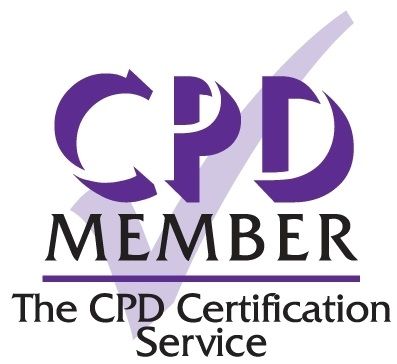How can technology transform health and social care?
)
Gavin Bashar, UK Managing Director of Tunstall Healthcare, explores how technology can transform health and care services, and help providers to meet the Care Quality Commission’s (CQC) standards.
The CQC uses five key lines of enquiry (KLOEs) when inspecting health and social care services. Here’s how technology can help providers to drive improvement through technology in each of these areas:
1. Are they safe?
Technology provides people with an easy means of quickly summoning help in an emergency, for example by wearing a personal pendant linked to a home unit or apartment hub. It can manage common risks such as falls, helping to prevent them and enabling a fast response to mitigate the consequences if a fall occurs. Technology such as fall detectors, motion sensors and bed occupancy sensors mean that people at risk of falling can be closely monitored, but in the least restrictive way. Video door entry and access control systems can also be used in group living environments to ensure only authorised people are admitted, and, where appropriate, people using the service can easily control access to their homes. Systems can also provide an audit trail of activity, helping to ensure information is accurate and easy to share, and avoiding the need for paper records.
2. Are they effective?
Technology can enable staff to respond more quickly to events, and target care where and when it is needed most. For example, enuresis sensors mean staff can assist when they are needed, protecting dignity and skin integrity, but they are not disturbing people with ‘just-in-case’ checks. This not only leads to more productive care but enables a better night’s sleep for people using the service, helping to improve health and quality of life. Remote monitoring of vital signs using telehealth can detect illness at an early stage, enabling it to be investigated and treating before more complex intervention is required.
3. Are they caring?
Technology is tailored to the needs of the individual, providing a platform for other care, such as domiciliary visits, to be planned around the individual’s needs. Using devices such as bed occupancy sensors means carers will automatically be alerted if a risk is detected, ensuring they can attend quickly, and prevent a fall or mitigate its effects if its already happened. Using technology in this way also frees up staff time as it removes the need for regular checks, enabling more meaningful engagement with people using the service, improving their quality of life.
4. Are they responsive to people's needs?
Traditional nurse call systems are designed to suit buildings, rather than to meet the needs of the people living and working in them. Tunstall’s latest generation nurse call system is designed for modern care delivery, using wireless technology, smart pendants, and a carers app to enable care to be person-centred, rather than room-centred. Because the system is largely wireless, it can be easily adapted to suit individual and changing needs. Activity monitoring systems can provide insight into people’s behaviours and routines, providing a baseline for effective care planning, and responding to changing needs. For example, if the system shows someone is visiting the bathroom more often, this may be a sign of a urinary tract infection. Detecting and treating this early not only avoids the person becoming more ill, it also saves money by avoiding the need for a hospital admission, for example.
5. Are they well-led?
Good leadership not only ensures managing the organisation to ensure it’s providing high quality care, but also continuing to improve and innovate. Technology can aid effective communication and information sharing, for example by making information available on secure online platforms. This can support a more person-centred and integrated care approach as professional stakeholders can all contribute. This way they have access to a single point of up-to-date information, and in some cases family members can also view the data, helping to widen the circle of care and provide reassurance.
In summary
It has long been recognised that the health and social care sector is in crisis and at a financial tipping point. Realising the potential of technology solutions to change the lives of people in need of support is vital if we are to enable new models of care which are more person-centred, preventative and sustainable. The economic benefits are also wide-ranging and significant, and introducing technology to this sector is necessary if health and adult social care services are to survive and thrive.
To hear more about how technology can benefit health and care services in the UK, please email hello@tunstall.com.
About Tunstall Healthcare
Tunstall has been at the forefront of technology innovation for the health, housing and social care markets for over 60 years. Its pioneering software, hardware and services enable new delivery models which can transform community-based health and social care, and enable people to live independently and with an improved quality of life.
Tunstall’s Connected Care and Health solutions are underpinned by IP enabled platforms and infrastructure, supporting the innovative use of technology including IoT, SaaS and cellular communications. It offers an end-to-end solution, including training and consultancy, service and maintenance, and monitoring services which make more proactive and personalised models of care possible, and focus health and care teams where they are most required.
Tunstall works with social care providers, healthcare services, retirement living providers, and nursing and care organisations in 38 countries, improving the lives of millions of people, including those living with dementia, learning disabilities, physical disabilities and long-term health conditions.



